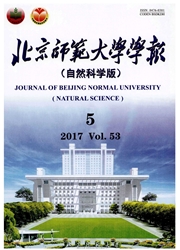

 中文摘要:
中文摘要:
运用生态足迹方法,对云南省1992-2003年的生态足迹进行了时间序列的测度,结果表明:1)研究时段内云南省生态足迹总体呈上升趋势;2)生态赤字存在,说明云南处于不可持续发展状态;3)从不同的土地利用类型看,林地和水域表现为生态盈余,而能源用地、耕地、草地和建筑用地表现为生态赤字.综合分析结果,提出了未来云南省可持续发展的可选途径.
 英文摘要:
英文摘要:
With ecological footprint method, a time sequence calculation of the ecological footprints of Yunnan Province from 1992 to 2003 is obtained. The results show that: 1) During the whole research time the ecological footprint keeps increasing; 2) The consumption of ecological footprint exceeds its supply of land ecosystem which suggests ecological deficit and unsustainable development status; 3) For different land use type, forest and water area show ecological surplus while energy source area, plantation, meadow and building area show ecological deficit. The available ways for the sustainable development of Yunnan Province in the future are put forward.
 同期刊论文项目
同期刊论文项目
 同项目期刊论文
同项目期刊论文
 期刊信息
期刊信息
